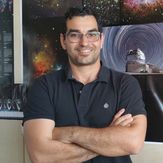It is the largest institution in the country in the field of astronomy, astrophysics and the space science with a long professional tradition. The research covers a wide range of topics; from the immediate environs of the Earth, stars, exoplanets, to distant galaxies and black holes in their cores.
The research activities are carried out in four scientific departments (Solar, Stellar, Interplanetary Matter, Galaxies and Planetary Systems).
The AI ASCR is involved in a broad international cooperation, in recent years carried out namely in the frame of the European Southern Observatory (ESO), the European Space Agency (ESA) and Seventh Framework Programme (FP7), and in many bi-lateral collaborations with partner institutions in Europe and overseas.
The research staff at the AI ASCR is composed from experienced researchers in various branches of astrophysics. Since the institute is oriented to basic research the main scientific output is in the form of many (around 100 per year) original papers published in the international impacted peer-reviewed journals. The senior researchers also take part in teaching at universities, namely the nearby Charles University in Prague.
WEB: www.asu.cas.cz
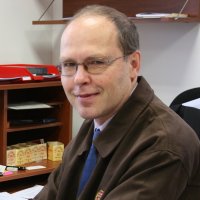
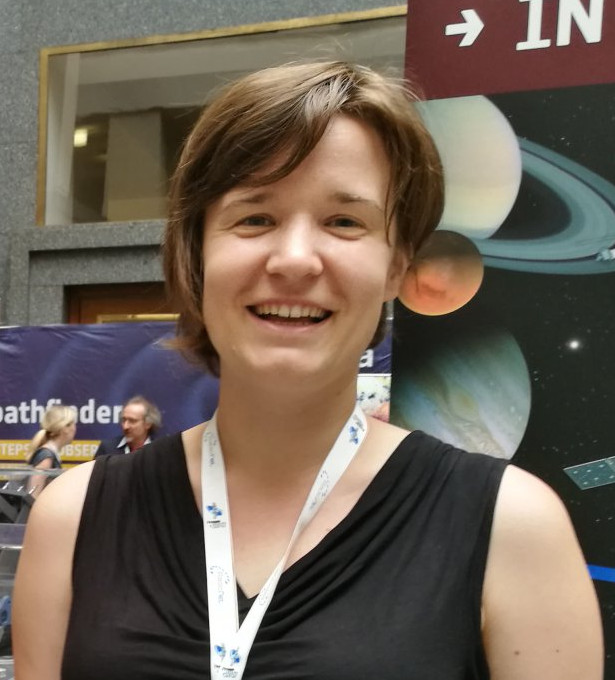

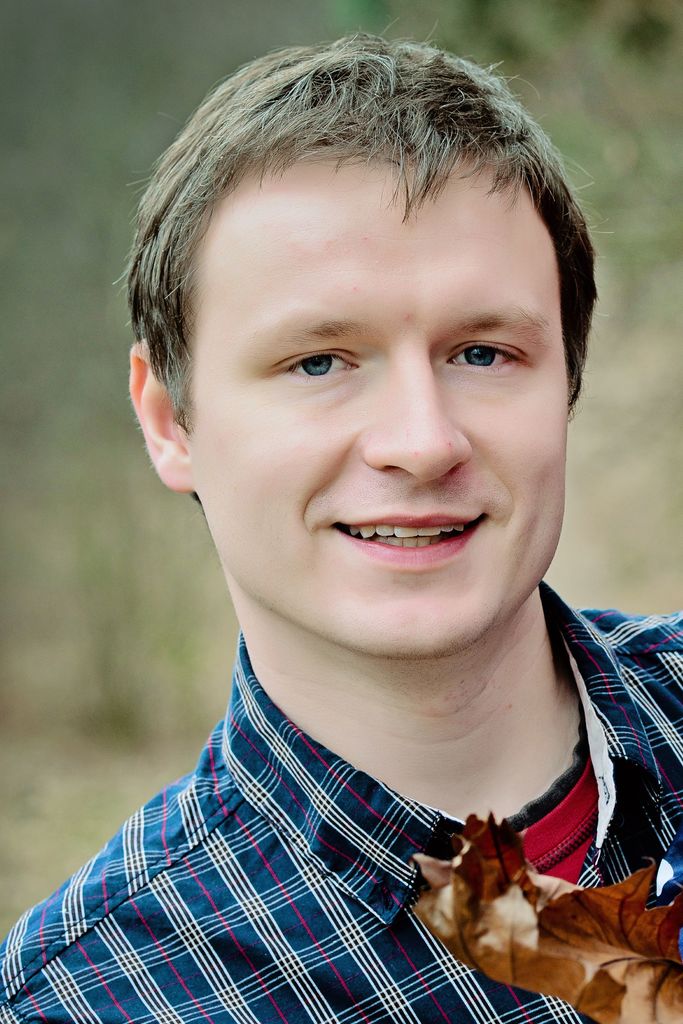
The Astrophysics Division supports the Physics - Astrophysics bachelor's degree programme and it offers complete general undergraduate and graduate courses in astronomy, astrophysics and cosmology as well as advanced courses due to research fields of our staff members as follows:
We focus on particular problems in physics of hot stars and systems of stars with hot components. Research of our division also remarkably contributes to general understading of stellar magnetic field geometry and its connection to formation of spectroscopic and photometric spots and zones respectively observed on surface of so-called chemically peculiar (CP) stars. We perform detailed observational and theoretical study of hot stars without assumption of local thermodynamic equilibrium and involving models of stellar winds.
The division operates the Masaryk University Observatory in Brno (at Kraví hora), equipped with an 0.6m reflector and modern CCD camera.
WEB: astro.physics.muni.cz


is a part of Comenius University in Bratislava (FMPI CU), which is one of the largest educational and scientific institutions in Slovakia established in 1919.
The research staff of the division of Astronomy and Astrophysics has a long-term experience with the research on small Solar System bodies, nongravitational effects acting on dust grains in the Solar System and a theoretical research in galactic astrophysics. The investigators are also involved in several international projects (i.e. ESA PECS).
operates own observatory serving as educational and research facility. Various observational programmes on astrometry, photometry of asteroids, comets, space debris and on meteor astronomy are carried out at the observatory.
In addition, the division of Astronomy and Astrophysics runs the original all-sky video meteor detection system AMOS (All-Sky Meteor Orbit System), which has been invented and developed at the observatory. AMOS system and meteor spectral cameras are autonomically running in Slovakia, Canary Islands and Chile (Atacama Desert).
WEB: fmph.uniba.sk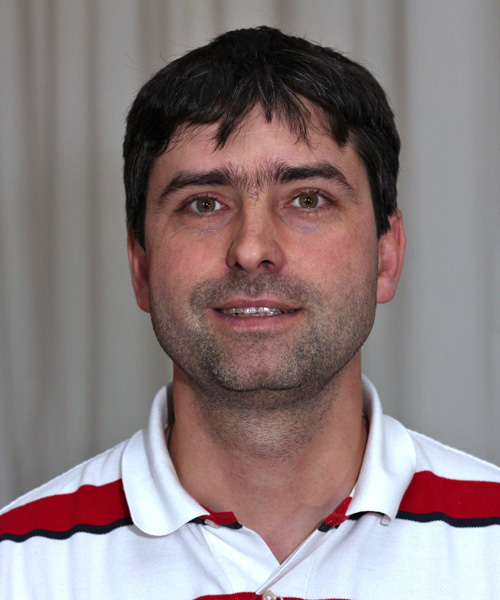

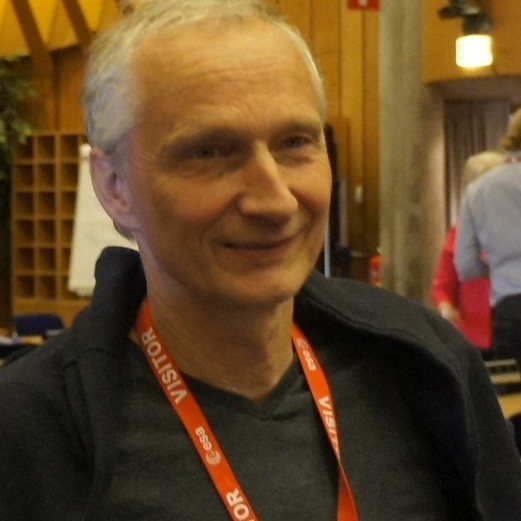
The institute is the leading astronomical research institution in the Slovak Republic. It is located in the resort area in the High Tatra National Park close to the village called Tatranska Lomnica. Thirty two researchers work mainly in the field of solar physics, comets, asteroids, binary stars and exoplanets.
It runs three observatories in the High Tatras Mountains. The research of AI SAS focuses on solar physics (solar activity cycle, solar magnetism, and corona), interplanetary matter (asteroids, comets, meteor(oid)s and dust), stellar physics (interacting binaries, variable stars, open clusters) and exoplanets.

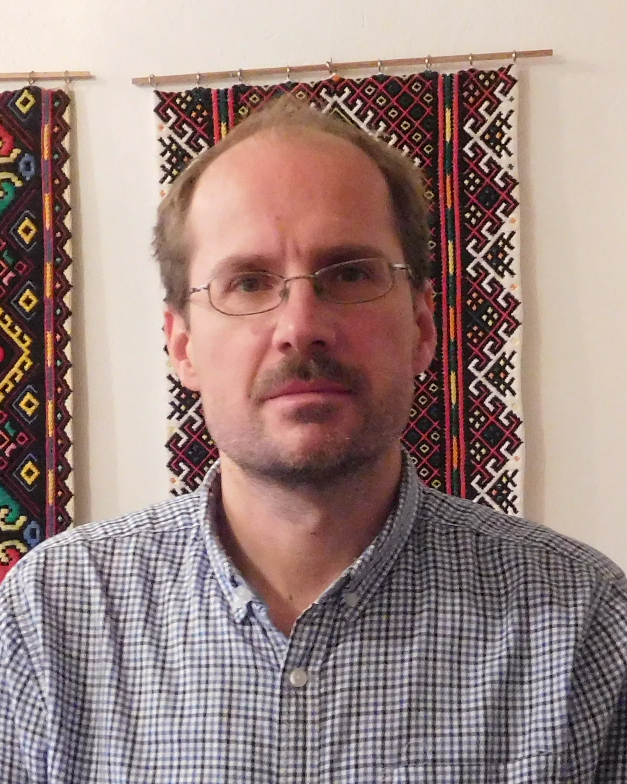
Furthermore, the IAC is responsible for the Observatorio del Teide (Izaña, Tenerife) and the Observatorio del Roque de los Muchachos (Garafía, La Palma). The IAC is also devoted to the development of state-of-the-art astronomical instrumentation, playing a key role in in the design and construction of several instruments for the next-generation of optical telescopes.
WEB: www.iac.es

The telescope itself is unique in that its primary mirror is formed from 36 hexagonal segments which together act as one single, gargantuan 10.4m mirror, while it's instrumentation suite spans the ultra-violet to the mid-infrared with a wide-range of observing techniques and resolutions.
WEB: www.gtc.iac.es
